White Cockle
- Pink (Caryophyllaceae family):
- Silene latifolia Poir.
- EPPO code:
- MELAL
- Other names:
- White campion
Species information
- Lifecycle:
- Biennial or short-lived perennial.
- Propagation:
- Reproduces by seed.
- Emergence:
- White cockle emerges predominately in the spring, but can emerge in the fall.
- Habitat:
- It is commonly found in pastures, on roadsides, in waste areas and occasionally in cultivated fields throughout southeastern Ontario. Typically, the plant is found in forage crops and on heavier soils, but increasingly it’s presenting a problem in minimum-till corn and soybean fields.
- Competitiveness:
- White cockle is very competitive, as it grows quickly in the spring and flowers and sets seed throughout the summer. Although it can affect stand establishment in forages, it has very little impact on forage quality.
Identification clues
Seedling
- Cotyledons:
- Lanceolate or ovate with a pointed tip, gradually tapering into a stalk.
- First leaves:
- The plant’s first few leaves appear as a rosette, they are lanceolate to ovate, tapering into a stalk. They are pale yellow to green in colour and have fine hairs along the perimeter.
- Mature leaves:
- White cockle’s mature leaves are soft and hairy on both sides. The margins of leaves are entire, hairy and somewhat wavy. Middle and upper leaves are stalk-less, have no teeth, and are hairy, long and lance-shaped, tapering to a point.
Mature plant
- Stem:
- The stems of mature plants have opposite leaf orientation. The stem is erect and grows up to 1.2 m high. It is round and swollen at the nodes, and hairy but not sticky.
- Flowers:
- The male calyx has 10 distinctive purplish lengthwise veins. The female (seed producing) calyx has five prominent veins and usually three much fainter veins in between. The plant’s flowers have five white, large and showy petals that are deeply lobed.
- Seeds:
- Seeds are kidney shaped, rough in texture and grayish-orange in colour. White cockle’s seed pods have 10 teeth.
- Roots:
- Fleshy taproot.
Often mistaken for
I know it's not Purple cockle because purple cockle has narrow leaves, silky hairs on its stem and large purple flowers, while white cockle has broader leaves and white to pink flowers with short calyx lobes.
I know it's not Bladder campion because the calyx of bladder campion is “papery”, bladder-shaped, and smooth. White cockle, on the other hand, has a distinctively hairy calyx.
I know it's not Night-flowering catchfly because night-flowering catchfly is very sticky to the touch, especially the stem and calyx, while white cockle is not sticky at all.
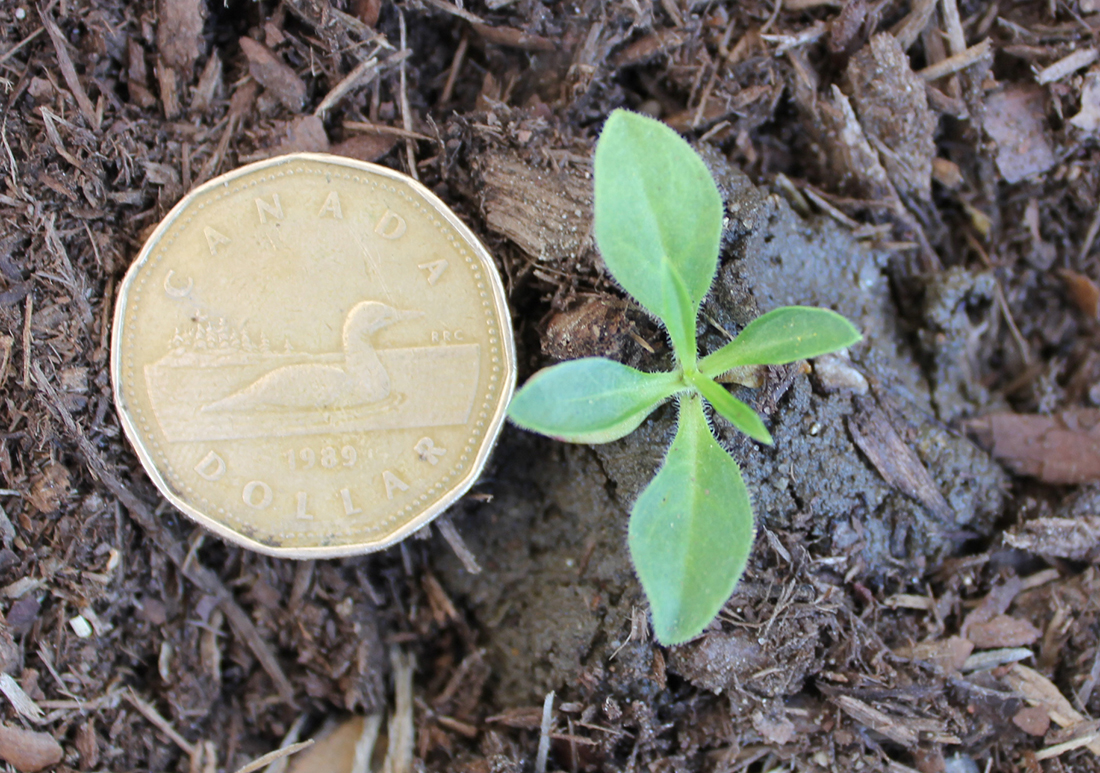
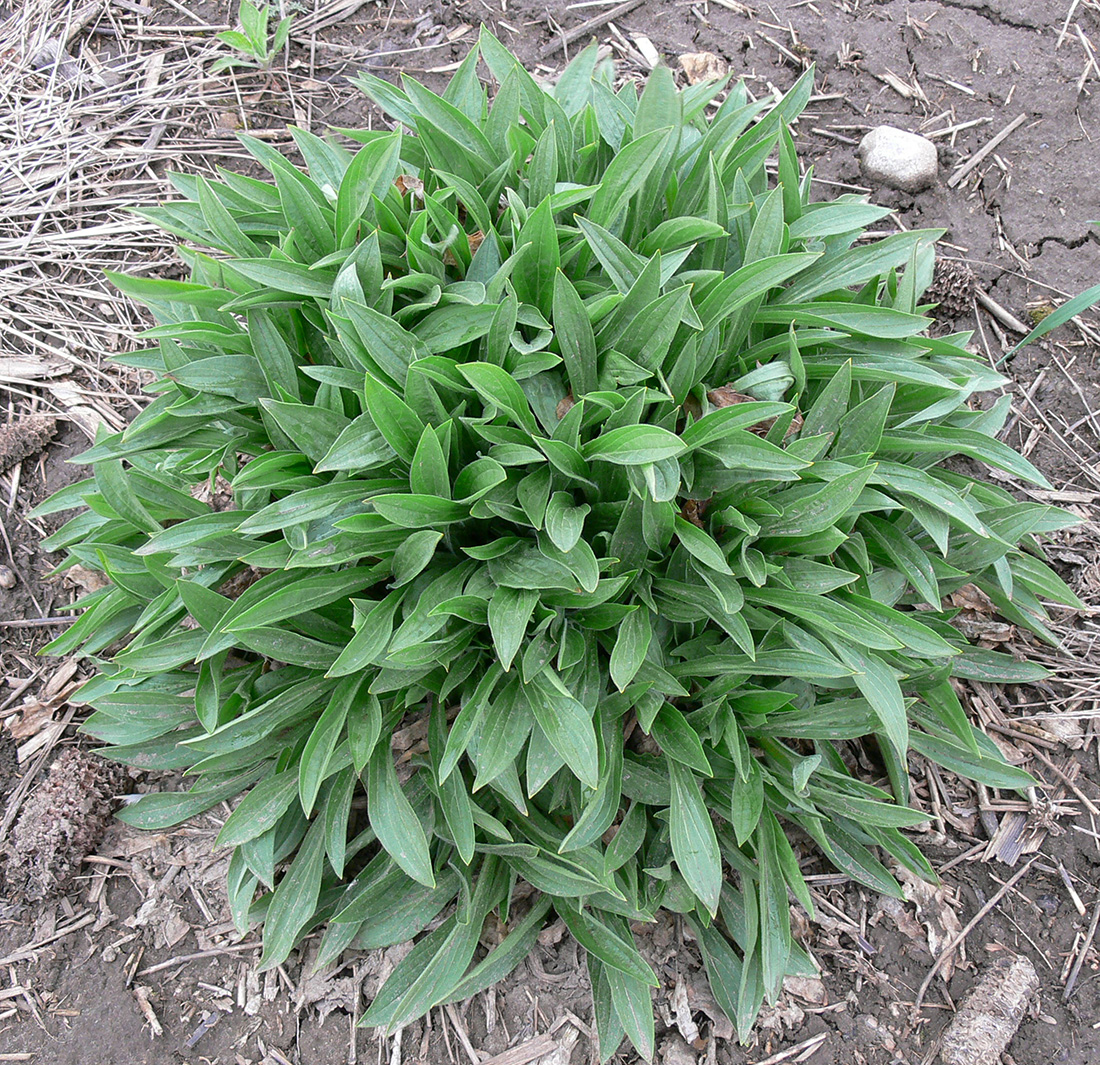
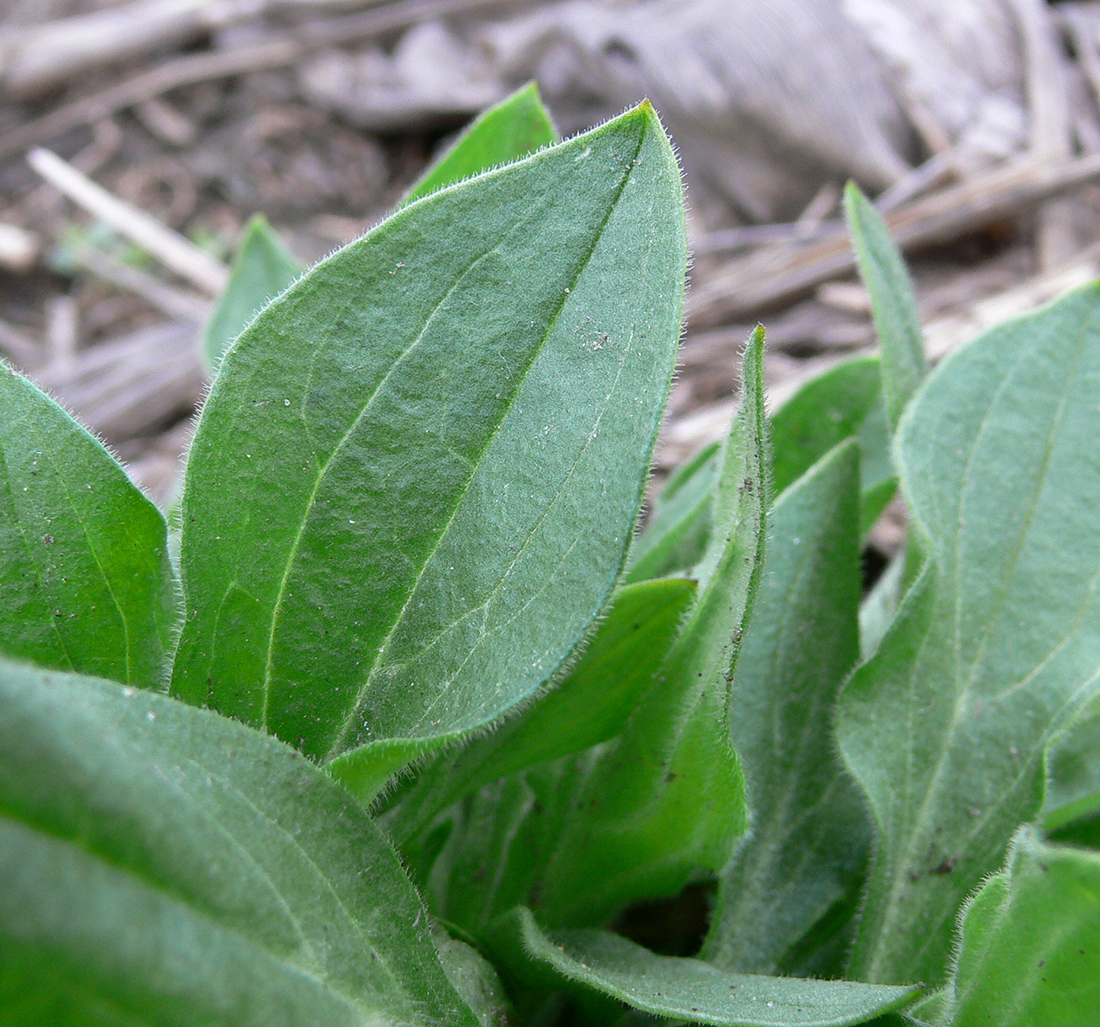
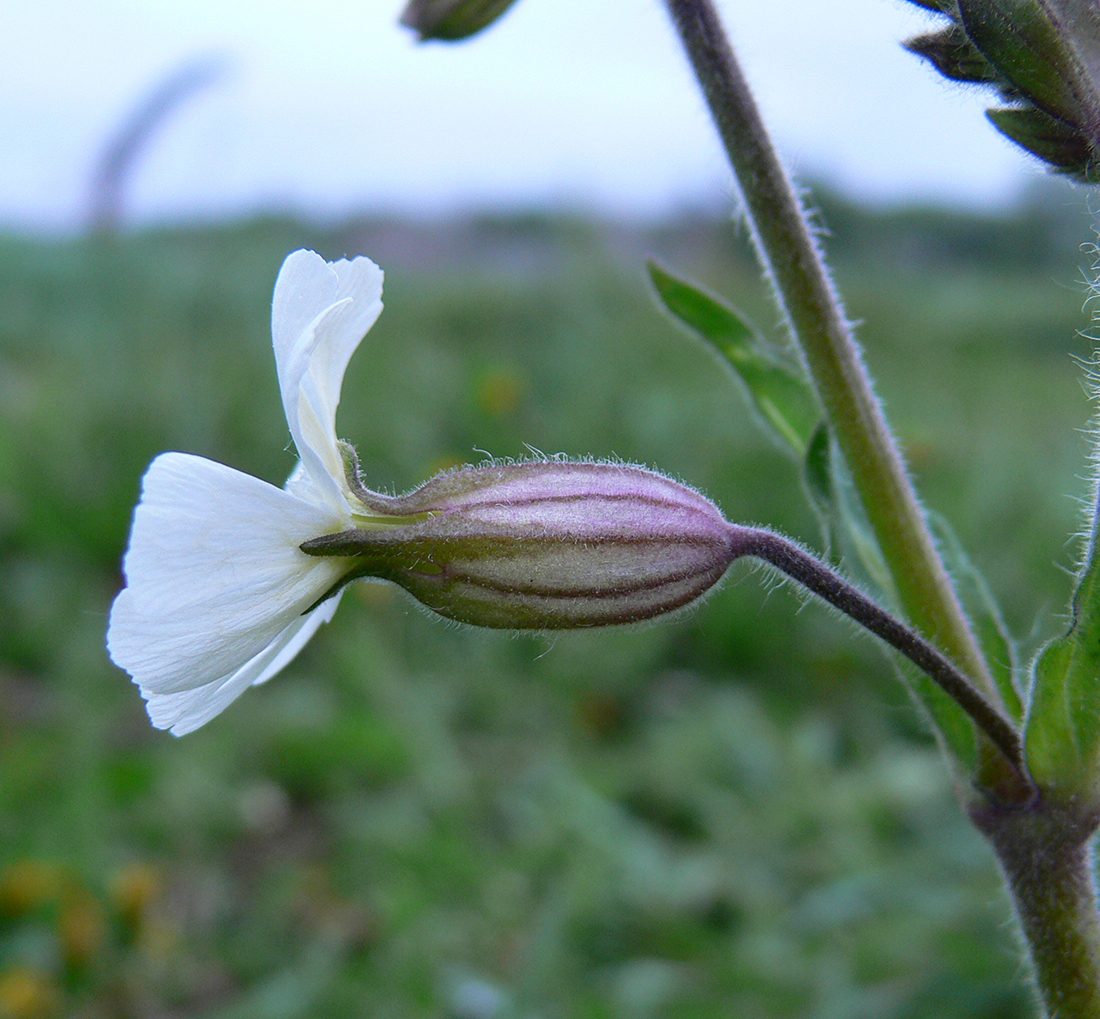
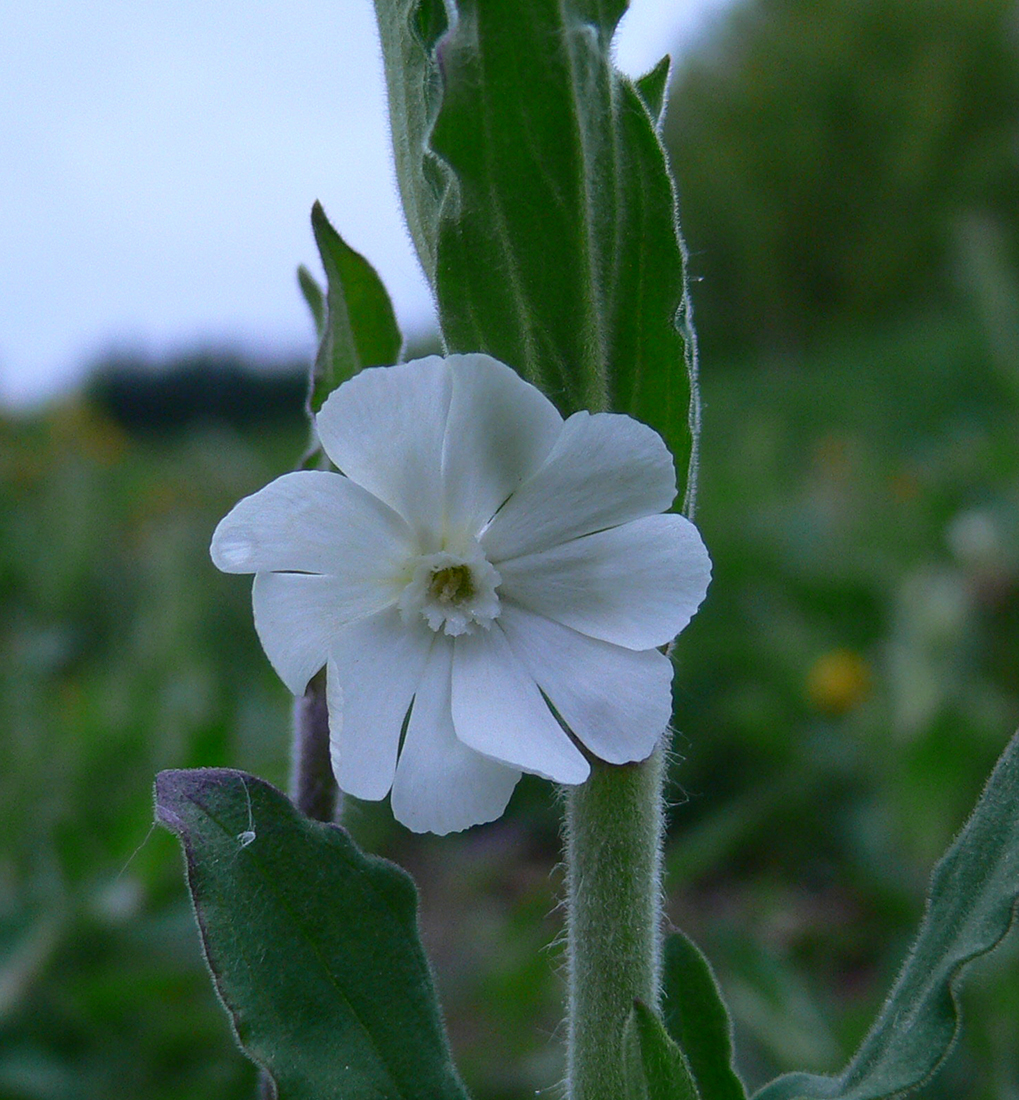
Updated: January 13, 2023
Published: January 13, 2023